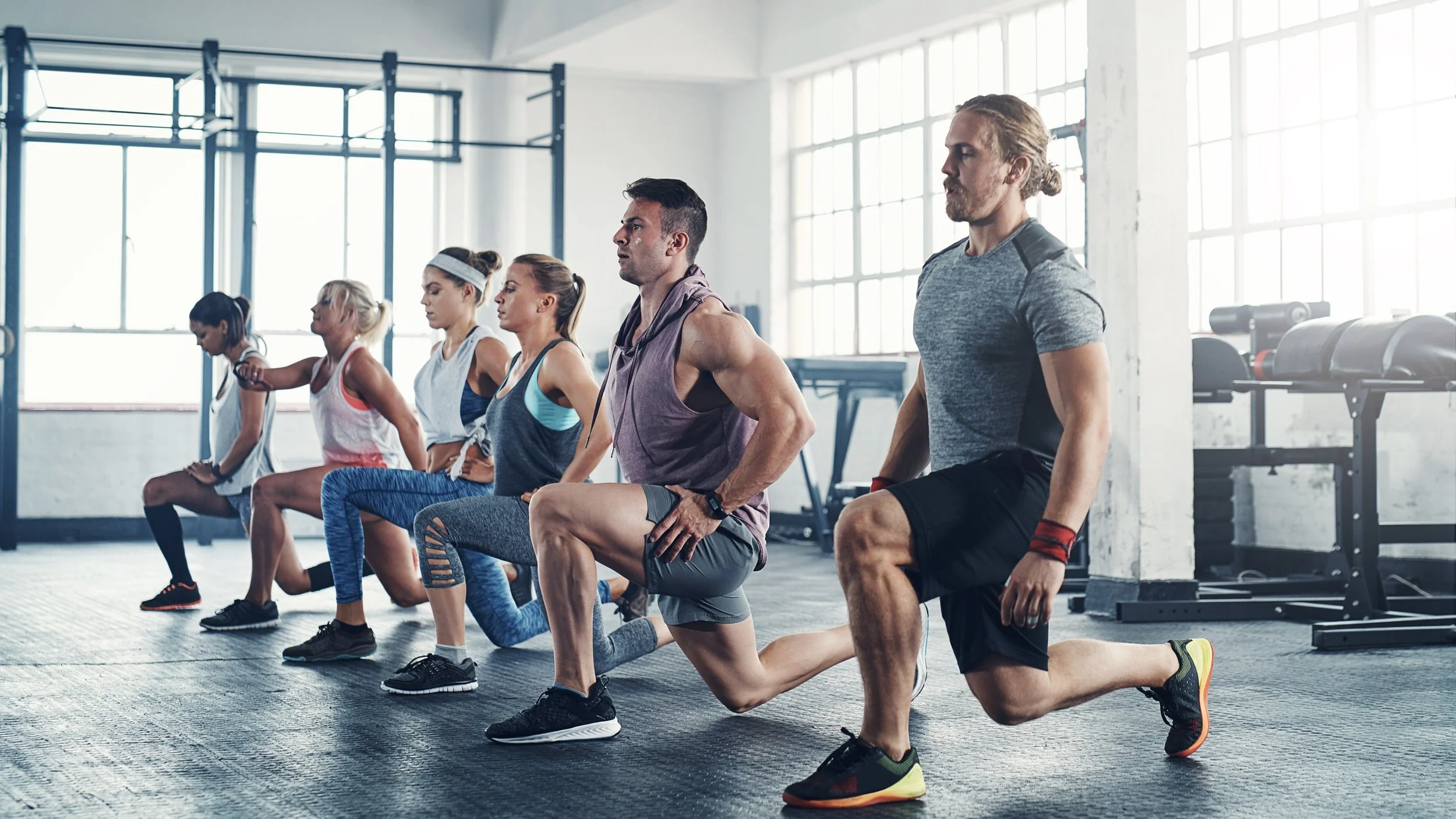Seven Movement Patterns for Firefighters: Enhance Performance and Reduce Injury Risk
By Ryan Provencher
Improving movement quality and loading ability in these movement patterns directly enhances the execution of various firefighting tasks.
Exercises based on movement patterns are essential for firefighters as they closely mimic the physical demands of the job. Unlike traditional fitness routines that focus on isolated muscle groups, movement pattern exercises enhance functional strength and reduce injury risk by replicating specific firefighting tasks.
Essential Movement Patterns for Firefighters
1. SQUAT
Importance: Crucial for developing strength in tasks such as lifting equipment and moving patients.
Exercises Include: Kettlebell Goblet Squat, Sandbag Front Squat, Steel Club Pull Over Squat.
2. HINGE
Importance: Builds strength and stability in the posterior chain for tasks involving drags, carries, and moving heavy equipment.
Exercises Include: Trap Bar Deadlifts, Kettlebell Swings, Med Ball Floor Slam.
3. PUSH
Vertical Push: Builds explosive power for overhead tasks like ceiling breach and ground ladder raise.
Exercises Include: Kettlebell Press, Med Ball Vertical Throw, Steel Club Vertical Press.
Horizontal Push: Develops strength for tasks such as forcible entry and vehicle extrication.
Exercises Include: 4-Point Press, Med Ball Horizontal Throw, Steel Club Horizontal Press.
4. PULL
Vertical Pull: Essential for tasks requiring overhead pulling strength, such as pulling ceiling during overhaul operations and extending the fly on a ground ladder.
Exercises Include: Med Ball Pullover Slam, Steel Club Pullover, Pull-Up variations.
Horizontal Pull: Focuses on developing the strength required for tasks like pulling hose and hoisting tools.
Exercises Include: Kettlebell Split Stance Row, Sandbag Row, TRX Recline Row.
5. LUNGE
Importance: Excellent for building lower body strength and endurance for tasks such as hose deployment and carrying hose bundles up stairs.
Exercises Include: Split Squat, Back Step Lunge, Walking Lunge.
These may be performed with bodyweight or loaded with simple tools such as Sandbags and Steel Clubs.
6. ROTATION
Importance: Vital for developing explosive power and core strength for tasks like forcible entry and vehicle extrication.
Exercises Include: Med Ball Lateral Throw, Standing Halo Rotation, Rolling Side Plank.
7. LOCOMOTION
Importance: Refers to tasks such as crawling during interior search, dragging during firefighter rescue, and carrying tools and equipment.
Exercises Include: Bear Crawl, Sled Pull, Farmer’s Carry.
Incorporating Movement Patterns Into Your Firefighter Fitness Program
Here is an example of how you might design your workout utizing exercises based on movement patterns with a tactical application to firefighting:
Identify Movement Patterns for Your Workout:
Select 4-5 movement patterns that complement each other in a comprehensive workout. For example:
Lunge
Horizontal Pull
Squat
Vertical Push
Select an Exercise for Each Movement Pattern:
Choose exercises based on your goals and available equipment. For example:
Steel Club Split Squat
Sandbag Row
Kettlebell Goblet Squat
Med Ball Vertical Throw
Include Specific Warm-Up and Mobility:
Start each session with a dynamic warm-up that includes mobility exercises targeting the selected movement patterns. For example:
Knee to Chest/Heel to Glute
Dynamic Arm Pull
Swing Squat
Shoulder Rotation Backward/Forward
Complete Comprehensive Recovery and Flexibility:
End each session with a cool-down that includes stretching and flexibility exercises specific to your training. For example:
90/90 Hip Stretch
Kneeling Arm Thread
Upward Facing Dog
Floor Scorpion
Ensure Balanced Training Cycles:
Incorporate all seven movement patterns into each Training Cycle in a way that supports your fitness and performance goals.
Each workout session is an opportunity to improve movement quality and performance metrics in exercises based on movement patterns with a tactical application to fireifighting. Developing awareness and mindfulness in your movements optimizes performance and reduces the risk of injury both in the gym and on the job.
Ryan Provencher is an Operations Battalion Chief with over 30 of Fire Service experience. He holds a Bachelor of Science in Kinesiology and Exercise Science with a Minor in Nutrition from Washington State University. He has extensive experience as a Fire Department Peer Fitness Trainer and Health/Fitness Coordinator, he is the founder of Firefighter Peak Performance and serves as Executive Fitness Advisor for CRACKYL Magazine.

